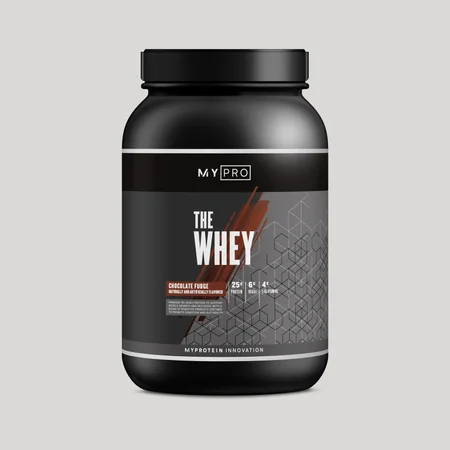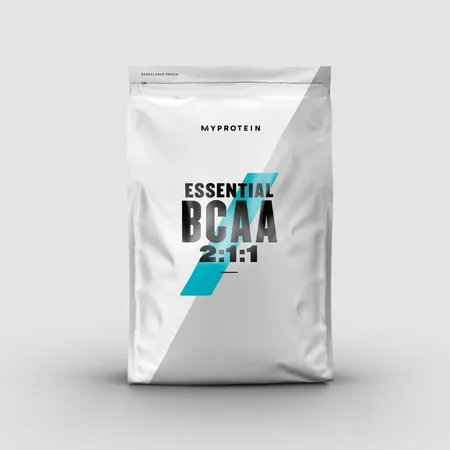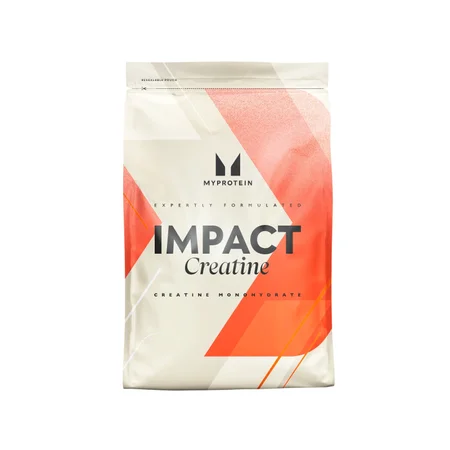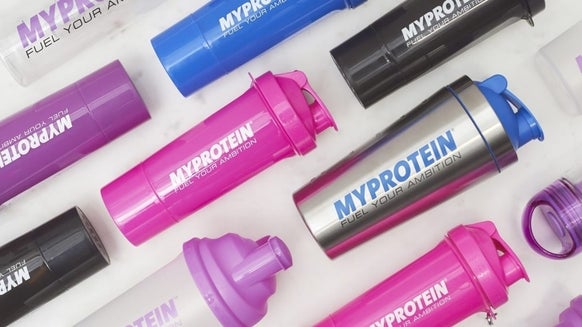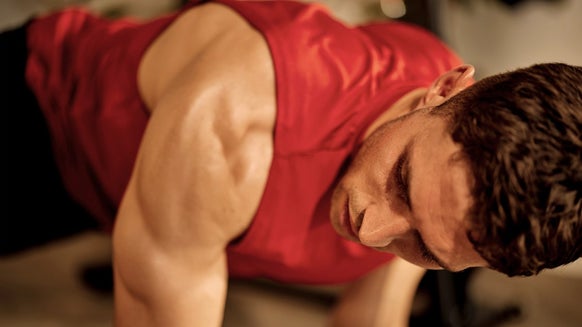Weak Point Training | Get A Stronger Chest
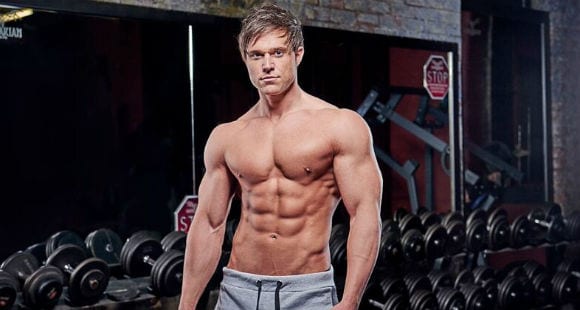
The chest is such a weak link in a lot of gym-goers' physiques because it is not properly worked. This workout will ensure you’re using the priority principle in hitting the weakest part of most people’s chest (upper chest) followed by complimentary movements that involve all areas of the pecs and expanding the ribcage to create a bigger, better-rounded chest.
Keep the form the most important factor in these movements and watch your chest blow up.
Exercise #1: Incline Barbell Bench Press
The incline bench press needs to become a staple in your daily gym diet of chest movements. The flat bench press is great for not only building width in the chest, but to build the top portion and create the tie-in to the front delt - the incline press is where it’s at. Keep the shoulders out of the movement as much as possible by not fully locking out at the top as well as keeping the scapula pinned down and back throughout the entirety of the lift. This will allow you to actually create constant tension on the upper pec.

- Start the movement with the bar directly over your chin
- Slowly lower the weight down right below the chin on your throat
- Keeping the shoulders pinned down and back, press the weight up about 85% of the way to ensure the tension is only placed upon the pecs and not the delts and triceps
Sets and Reps: 4 x 8-12
Top Tip: Keep your elbows tucked at about a 45 degree angle so there’s enough tension on the chest but kept of the shoulder joint.
Exercise #2: Incline Flyes
The incline fly movement is one that really came about in the golden age of bodybuilding and is contradictory to the normal pressing movements many think of when wanting to build your chest. The squeeze and contraction along with the stretch are the most important factors in tearing down muscle fibers and re-building that tissue into bigger, leaner muscles. The incline fly will stress the upper pec primarily and help with your mind-muscle connection of the upper portion of the chest. This will translate into better contractions in the incline bench press as well.

- Set up a bench at a 45 degree angle or slightly less to target the upper chest
- With the tops of your shoulders off the bench, start with weight directly above face and retract shoulders
- Slowly lower the weight down in an arcing motion allowing a full stretch in your chest
- Contract the pecs (upper portion primarily) and squeeze the weight back up to the top
Sets and Reps: 4 x 12-15
Top Tip: Keep constant tension on the pecs by not allowing yourself to lock out at the top. Stop the weight about 6-8 inches before the dumbbells touch at the top.
Exercise #3: Chest Dips
A big reason for the chest being under-developed is that it is not worked from all angles and types of movements. When you think of chest exercises you think: presses. Like we’ve learned from the flyes, switching it up and hitting different fibers does a lot of good for shocking the muscle into growth. Shoulders play a role in completing a full, composed chest. Performing dips will allow you to create the lower tie-in from the pec into the front deltoid. This will also help with scapula function and overall shoulder girdle health.

- Set up on the dip bars with a neutral grip
- Begin by activating the chest by leaning forward and pulling your feet up to your chest as much as possible
- Slowly lower yourself down by retracting the shoulders and keeping them down to force the tension off the shoulders
- Press yourself back up to the top and repeat
Sets and Reps: 4 x 10-15
Top Tip: If wanting to hit more of triceps, you would not lean forward on this movement, which would make you place the majority of the weight on the triceps rather than the chest.
Take-Home Message
If wanting to up your chest game, follow these guidelines to get your chest to grow to its maximum potential. Lower the weight to a more manageable level so you can really feel the muscle squeeze and contract the weight rather than just moving and pressing it.

